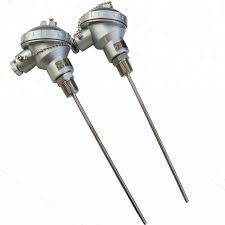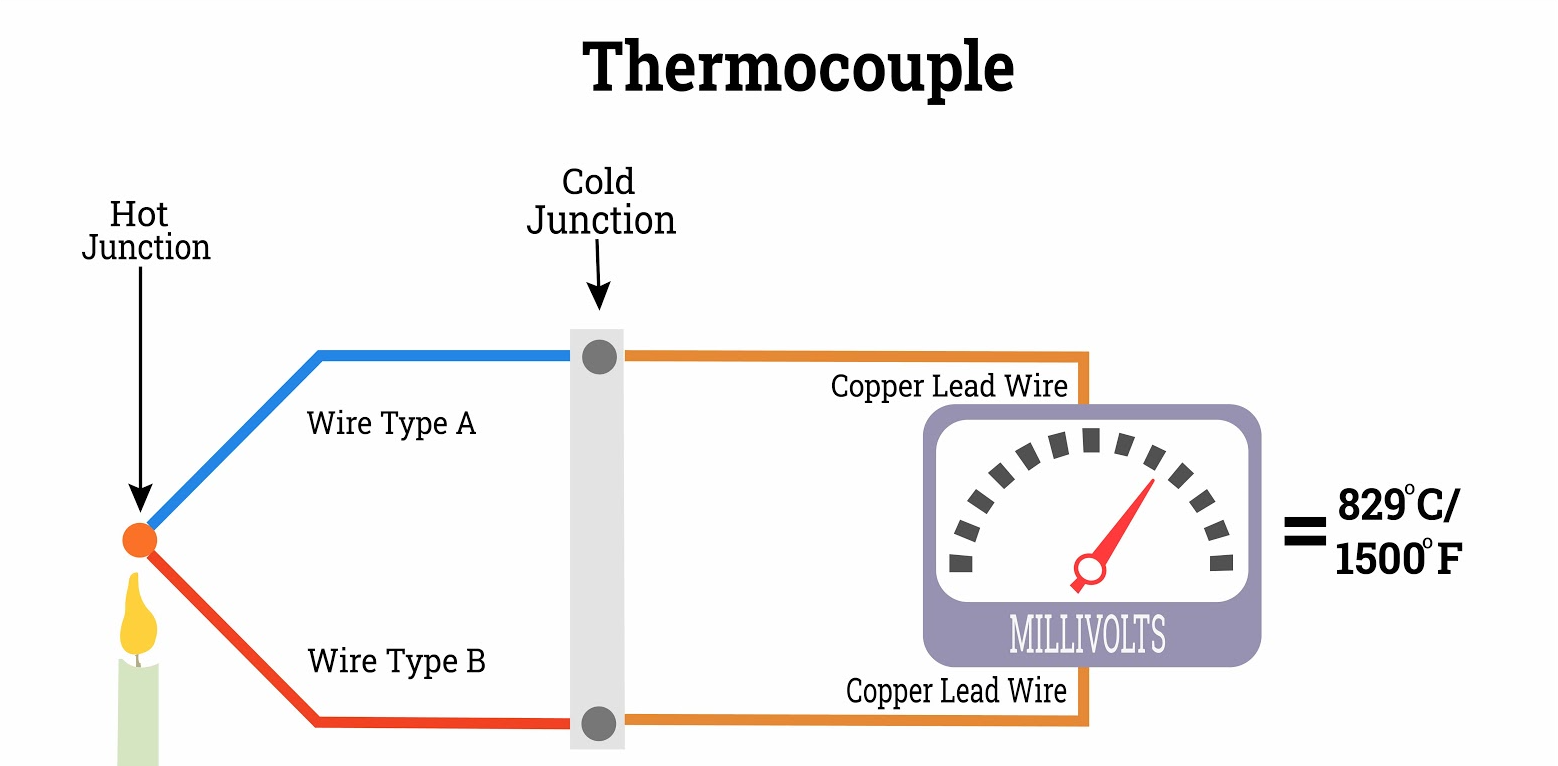Feed aggregator
The battery-management technology that will strengthen our grid
Semiconductor innovations in battery systems are leading to energy storage adoption
Takeaways
- Power grids weren’t designed to handle new types of electricity demands and supplies.
- Battery energy storage systems are key to transforming and protecting the grid.
- Innovation in battery-management and high-voltage semiconductors help grids get the most out of battery storage.
The growing adoption of electric vehicles (EVs) and the transition to more renewable energy sources are reducing our more-than-century-long reliance on fossil fuels. Electric utilities are increasingly turning to solar panels and wind turbines rather than natural gas-fueled turbines to generate the electricity needed to charge EVs, as well as help power our homes and businesses. Together, these trends are poised to bring us closer to a sustainable energy future.
Those same trends also pose a big challenge to the electricity grid. Demand can vary throughout the day – and so can supplies of solar and wind energy based on changes in the weather. That’s why batteries are becoming an essential component of the grid.
“Batteries can fill in the gap when it’s cloudy and the wind dies down,” said Richard Zhang, a Virginia Tech professor who teaches power electronics and has worked in the grid and energy industry for 25 years. “And batteries improve the economics of electricity because they can be charged during off-peak times, providing electricity for charging EVs at peak times.”
Getting batteries to safely, reliably and cost-effectively store and release the large amounts of electricity running through the grid is a complex challenge. That’s where our company’s expertise in providing advanced battery-management semiconductor solutions can make a big difference.
“The bigger, higher-voltage batteries used in the grid require better thermal management and more precise monitoring,” said Samuel Wong, our company’s vice president and general manager of Battery Management Solutions. “Effectively managing those batteries requires understanding battery chemistry and adapting high-performance semiconductor devices to safely get the most out of each battery.”
Smoothing out the gridThe adoption of solar and wind generation and EVs is good news for the planet, Richard said. The problem is that power grids weren’t originally designed to handle these new types of electricity demands on available energy.
“Getting people to switch to EVs is easier today than it was just a few years ago,” he said. “Now the growing issue is getting the electricity infrastructure to handle them, alongside other energy demands.”
The challenge, Samuel said, is grid instability – in other words, fluctuations in electricity generation and usage. Variations in energy supply occur in solar and wind generation, especially the complete loss of solar power at night. Supply and demand swings may also occur from the charging routines of EV owners.
“If everyone comes home in the evening and plugs in their EVs for the night, the grid might not be able to handle it,” he said.
Samuel and Richard, like most power experts, agree on the solution to grid instability: energy storage systems (ESS). Storage systems – usually in the form of batteries – can capture and hold excess energy in the grid when supply is high and demand is low, and then make it available at other times. You may be picturing the relatively small, light battery cells used in EVs. But for the grid, an ESS might consist of a railroad-car-sized stack of bigger, heavier cells that each can operate at as much as 4 megawatt-hours (MWh) – enough energy to power thousands of homes.
Staging storage systems at different points in the grid optimizes their ability to distribute enormous amounts of electricity to neighborhoods when and where they’re needed. That can mean placing an ESS alongside a solar panel farm, where it can soak up the excess energy during the day and then pump it back out to the grid at night. Or, an ESS placed in a community can more easily grab energy from local rooftop solar panels and later supply the extra electricity needed to charge nearby EVs. “An ESS can serve as a local reservoir for the community,” Samuel said.
Managing battery and system performanceAt the heart of storage systems are high-voltage battery modules – typically lithium-iron phosphate cells – capable of generating enormous amounts of heat if charged or discharged too quickly. These modules can also have shortened lifetimes if completely depleted too often.
Monitoring temperature and charge in these batteries requires extremely precise semiconductors, such as the BQ79616 industrial battery monitor, Samuel said. That’s because even tiny fluctuations in temperature and voltage can signal that a battery may need attention.
“You have to get to millivolt accuracy to know how much charge is left in a battery,” he said.
Our company’s extensive experience in ultra-precise battery monitors is proving essential in helping the ESS industry produce systems that can supply the grid with vital battery-management data. The results can have a big impact on the cost-effectiveness of a grid ESS, Samuel said.
“If you can only measure the charge in a 10-MWh ESS with 5% accuracy, then you can’t safely use more than 9.5 MWh,” he said. “Our battery monitors can get the accuracy measurement to 1%, which enables you to use 9.9 MWh.”
In addition to accurate battery monitoring, grid-scale energy storage systems such as the ones integrated with solar panel farms require efficient high-voltage power conversion that help reduce power losses when transferring power to and from the grid. These systems also rely on sensing and isolation technologies that help maintain system safety and stability, which is critical for managing electricity flow as high as 1500 V.
Impacting the futureFor the foreseeable future, innovation in battery ESS looks to be the key to transform and protect the grid from the variabilities coming from solar and wind energy, as well as EV charging.
“It’s really exciting to contribute to strengthening the grid with innovations in energy storage,” Samuel said. “We can already do a lot today, and we’ll be able to do a lot more as we build out tomorrow’s smart grid.”
The post The battery-management technology that will strengthen our grid appeared first on ELE Times.
ROHM samples 1kW-class high-power IR laser diode
RTD vs Thermocouple vs Thermistor: Understanding Temperature Sensors
Temperature sensors are critical components in a variety of industries, from manufacturing and automotive to healthcare and environmental monitoring. Among the most common temperature-sensing devices are Resistance Temperature Detectors (RTDs), thermocouples, and thermistors. Each of these sensors has unique characteristics, advantages, and limitations, making them suitable for different applications. This article provides a detailed comparison to help you choose the right sensor for your needs.
- Resistance Temperature Detectors (RTDs)
RTDs measure temperature by correlating the resistance of a material (usually platinum) to temperature. Platinum is preferred because of its stability and linear resistance-temperature relationship.
Key Features of RTDs:
- Accuracy: RTDs deliver exceptional precision, typically within ±0.1°C.
- Stability: They provide outstanding consistency and reliable performance over long durations.
- Temperature Range: Commonly operate effectively between -200°C and 600°C.
- Linearity: RTDs exhibit a near-linear relationship between resistance and temperature, simplifying data interpretation.
Advantages:
- Highly precise and reliable.
- Extended operational life with negligible performance degradation over time.
- Suitable for industrial and laboratory settings.
Limitations:
- Expensive compared to thermocouples and thermistors.
- Fragile and sensitive to physical shocks and vibrations.
- Requires external circuitry for resistance measurement.
- Thermocouples
Thermocouples generate an electrical voltage that reflects the temperature gradient between two dissimilar metal junctions and a reference point. The voltage generated is interpreted to identify the corresponding temperature.
Key Features of Thermocouples:
- Versatility: Available in various types (e.g., Type J, K, T, E) to suit specific applications.
- Temperature Range: Capable of measuring temperatures from -200°C to over 2000°C, depending on the type.
- Durability: Resistant to mechanical stress and high temperatures.
Advantages:
- Wide temperature range.
- Cost-effective, especially for high-temperature applications.
- Their rapid response is attributed to a low thermal mass, enabling quick detection of temperature changes.
Limitations:
- Less accurate than RTDs, with typical errors of ±2°C to ±5°C.
- Requires regular calibration for precise measurements.
- Voltage signals are small and can be affected by electrical noise.
- Thermistors
Thermistors are temperature-sensitive resistors made from ceramic or polymer materials. Their resistance decreases (Negative Temperature Coefficient, NTC) or increases (Positive Temperature Coefficient, PTC) significantly with temperature changes.
Key Features of Thermistors:
- Sensitivity: Extremely sensitive to small temperature changes.
- Temperature Range: Typically operate within -50°C to 150°C.
- Size: Compact and easy to integrate into electronic systems.
Advantages:
- High sensitivity enables precise detection of small temperature changes.
- Low cost and compact design.
- Quick response time.
Limitations:
- Limited temperature range.
- Non-linear response, requiring complex calibration.
- Thermistors tend to have lower durability in extreme or harsh environments when compared to RTDs and thermocouples.
Comparison Table
| Feature | RTD | Thermistor | Thermocouple |
| Accuracy | High (±0.1°C) | High in a limited range | Moderate (±2°C to ±5°C) |
| Temperature Range | -200°C to 600°C | -50°C to 150°C | -200°C to 2000°C |
| Durability | Fragile | Moderate | Highly durable |
| Cost | Expensive | Economical | Affordable to mid-range |
| Response Time | Intermediate | Quick | Rapid |
| Linearity | Near-linear | Non-linear | Non-linear |
Choosing the Right Sensor
Selecting a temperature sensor hinges on its intended use:
- RTDs: Preferred for applications needing high precision and consistent performance, such as in labs, industrial setups, and HVAC systems.
- Thermocouples: Well-suited for high-temperature or challenging environments, including metal forging, kilns, and aviation.
- Thermistors: Ideal for compact, cost-sensitive applications like household devices, medical instruments, and consumer gadgets.
Conclusion
RTDs, thermocouples, and thermistors are essential tools for temperature measurement, each with distinct strengths and weaknesses. Understanding their characteristics and applications ensures optimal performance and cost-efficiency in your projects. Whether you prioritize precision, range, or durability, selecting the appropriate sensor will significantly impact the success of your temperature-sensitive processes.
The post RTD vs Thermocouple vs Thermistor: Understanding Temperature Sensors appeared first on ELE Times.





